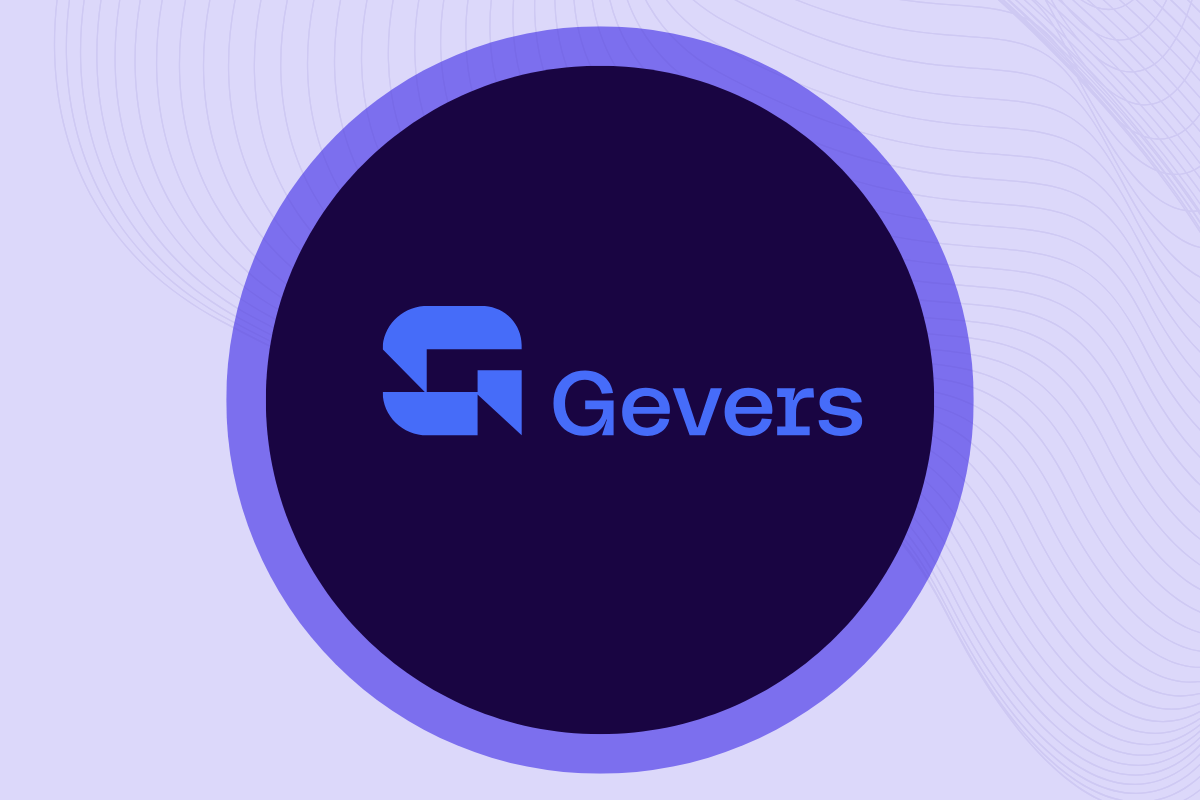When creating an internal patent classification system, it's crucial to design it with AI in mind to leverage the efficiencies and benefits that AI-powered auto-classification can provide. However, it's equally important to be aware of the potential negative consequences and specific design issues that may not support an AI auto-classifier effectively. Here are some considerations:
1. Overly Complex or Ambiguous Categories:
- Negative Consequence: If the classification system has too many categories or the categories are ambiguous or overlapping, it can be challenging for the AI auto-classifier to accurately assign patents to the appropriate categories. This can lead to misclassifications and reduced efficiency.
- Design Consideration: Strive for a clear, well-defined, and mutually exclusive set of categories. Ensure that the categories are distinct and easily distinguishable from one another. Use precise and consistent terminology to minimize ambiguity.
2. Insufficient Training Data:
- Negative Consequence: AI auto-classifiers rely on adequate training data to learn and make accurate predictions. If there is insufficient data available for certain categories or if the data is biased or unrepresentative, the AI model may struggle to classify patents accurately in those areas.
- Design Consideration: Ensure that each category has a sufficient number of representative patents to train the AI model effectively. Aim for a balanced distribution of patents across categories to avoid biases. Regularly update and expand the training data as new patents are added to the portfolio.
3. Lack of Consistency and Coherence:
- Negative Consequence: Inconsistencies in the classification system, such as varying levels of granularity or inconsistent naming conventions, can confuse the AI auto-classifier and lead to inaccurate classifications. Inconsistencies can also make it difficult to train the AI model effectively.
- Design Consideration: Maintain a consistent and coherent structure throughout the classification system. Use a well-defined hierarchy and naming conventions. Ensure that the level of granularity is uniform across categories.
4. Inflexibility to Adapt to New Technologies:
- Negative Consequence: If the classification system is too rigid or lacks the flexibility to accommodate emerging technologies or changes in the technological landscape, the AI auto-classifier may struggle to classify new patents accurately. This can result in a growing number of unclassified or misclassified patents over time.
- Design Consideration: Design the classification system to be adaptable and flexible. Include mechanisms and internal approval processes for adding new categories or modifying existing ones as needed. Regularly review and update the classification system to keep pace with technological advancements.
5. Lack of Human Oversight and Review:
- Negative Consequence: While AI classifiers can greatly improve efficiency, relying solely on AI without human oversight and review can lead to errors going unnoticed. Some patents may require human expertise and judgment for accurate classification.
- Design Consideration: Implement a human-in-the-loop approach where AI classifications are reviewed and validated by subject matter experts. Establish processes for manual review and correction of classifications, especially for edge cases or complex patents.
6. Insufficient Evaluation and Monitoring:
- Negative Consequence: Failing to regularly evaluate and monitor the performance of the AI auto-classifier can lead to a gradual decline in classification accuracy over time. Changes in the patent landscape or the introduction of new technologies may require retraining or adjustments to the AI model.
- Design Consideration: Establish a robust evaluation, monitoring, and reinforcement process to assess the performance of the AI auto-classifier regularly. Use appropriate metrics and benchmarks to measure accuracy and identify areas for improvement. Continuously monitor the system and make necessary updates or refinements via the reinforcement mechanisms.
By considering these potential negative consequences and incorporating the corresponding design considerations, you can create an internal classification system that is well-suited for AI auto-classification. A carefully designed system will maximize the benefits of AI while minimizing the risks of inaccurate or inefficient classification.
Reach Out for Assistance: Anaqua Professional Services Team
Whether you are starting from scratch or looking to enhance an existing classification scheme, Anaqua's Professional Services team can help. Our experts can work with you to assess your current system, identify areas for improvement, and develop a tailored plan to optimize your classification scheme based on best practices. We can also assist in creating a draft classification scheme for organizations without an existing system, which can then be reviewed and refined with input from your stakeholders.
Learn More About Anaqua's AI Classifier
Our goal is to help you build a classification system that is not only optimized for your specific business requirements but also designed to leverage the power of AI. By incorporating AI-friendly design principles, we can enable Anaqua's state-of-the-art AI Classifier to handle the patent classification process in the future, saving you time and resources while ensuring consistency and accuracy. Remember, Anaqua's AI Classifier goes beyond simply categorizing your own portfolio; it can also classify the entire competitive universe of patents and align them with your portfolio, providing invaluable insights into relative strengths, weaknesses, and unique technology areas.
Don't settle for a suboptimal classification scheme or miss out on the transformative potential of AI-driven patent analysis. Contact our professional services team today to take your IP management to the next level, harness the power of our AI Classifier, and unlock the full potential of your patent portfolio.
Read More in this Series:
- Part 1: What Your Company Will Gain from a Technology-Based Patent Classification System
- Part 2: Best Practices for Creating a Technology-Based Patent Classification System
- Anaqua's AI Classifier
Written by Matt Troyer, AcclaimIP Senior Director, Product & Innovation
Lecture complémentaire




